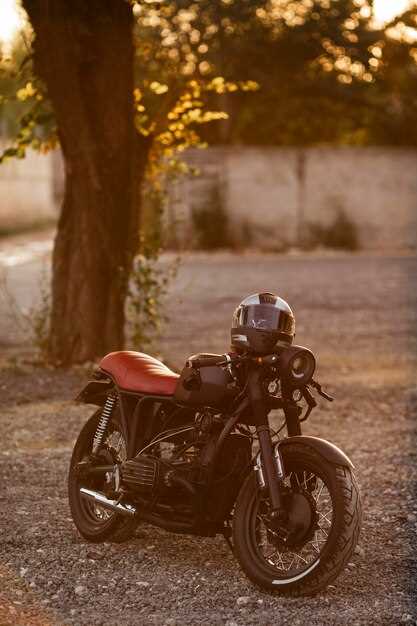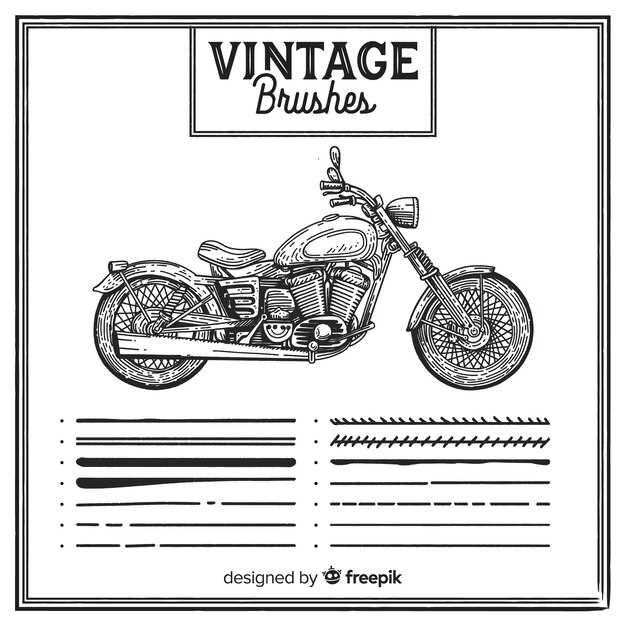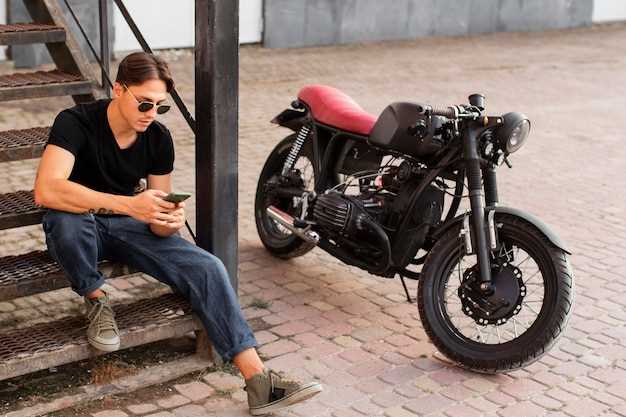
When it comes to motorcycle culture, few styles evoke as much passion and dedication as the cafe racer and the bobber. Each of these custom styles has a rich history and unique characteristics that appeal to different types of riders. Understanding the distinctions between them can guide enthusiasts in choosing the right bike that aligns with their personal aesthetic and riding experience.
The cafe racer is deeply rooted in the 1960s British motorcycle scene, characterized by its sleek lines, minimalist design, and a focus on speed. Often modified for performance, these bikes emphasize a sporty riding position, with lower handlebars and a distinctive racing seat. The allure of the cafe racer lies in its combination of vintage charm and modern engineering, making it a favorite among those who seek both style and functionality.
In contrast, the bobber custom style is all about individuality and a rugged aesthetic. Originating from the post-war era, bobbers are known for their stripped-down appearance, featuring cut fenders and a no-frills approach to design. This style celebrates personal expression and often includes custom modifications that showcase the owner’s creativity. For riders drawn to a more laid-back, classic vibe, the bobber offers an appealing alternative to the more aggressive racer configuration.
Key Design Features: Cafe Racer vs Bobber

The design philosophy of Cafe Racers and Bobbers reflects distinct cultural influences and aesthetic values in the custom motorcycle scene. Each style possesses unique characteristics that cater to different riding experiences and personal expressions.
Cafe Racers are primarily inspired by the racing culture of the 1960s. Their design emphasizes speed and performance. Key features include:
- Low handlebars that provide an aggressive riding position, enhancing aerodynamics.
- Streamlined bodywork that reduces wind resistance, often characterized by a minimalist aesthetic.
- Racer-style seats that are typically narrow and designed for a solo rider, reinforcing the sporty look.
- Lightweight materials, such as aluminum and fiberglass, are common to decrease overall weight, maximizing speed.
In contrast, Bobbers are rooted in the customization of motorcycles for a more rugged, stripped-back appearance. Their design elements focus on simplicity and individuality:
- Cut-down fenders that create a distinctive “bobbed” look, often paired with minimal bodywork.
- Solo seats, much like Cafe Racers, but with a more relaxed positioning for comfort on longer rides.
- Vintage components that emphasize an old-school aesthetic, often utilizing classic Harley or Indian styles as inspiration.
- -customized elements such as unique exhausts and personal touches, making each Bobber distinct to its owner.
Understanding these key design features helps enthusiasts appreciate the individuality of each style. Whether aiming for the speed-focused appeal of a Cafe Racer or the laid-back charm of a Bobber, owners can express their personality through these robust motorcycles.
Performance and Handling: What to Expect from Each Style
Cafe racers are designed for speed and agility, typically featuring lightweight frames and powerful engines. These motorcycles prioritize a forward-leaning riding position, which enhances aerodynamics and allows for more responsive handling when cornering at high speeds. Expect a tighter suspension setup that improves stability and feedback, enabling riders to navigate through twisty roads with confidence.
In contrast, bobbers emphasize a relaxed riding experience. With a more laid-back geometry, these bikes often have a higher riding position, providing comfort for longer rides. The handling may feel more stable but less responsive compared to cafe racers, especially in aggressive maneuvers. Bobbers typically feature a minimalist design with a focus on styling rather than outright performance, making them suitable for riders who enjoy cruising rather than racing.
While cafe racers excel in performance with their sporty dynamics, bobbers provide a unique blend of style and comfort. Riders should consider their priorities–whether they crave the thrill of speed and sharp handling or the leisurely enjoyment of a classic, comfortable ride–when choosing between these two custom styles.
Customization Options: Personalizing Your Cafe Racer or Bobber

Both cafe racers and bobbers are prime canvases for customization, allowing riders to express their individual style and preferences. When it comes to personalizing your cafe racer, consider modifications to the handlebars, seat, and bodywork. Flat or clip-on handlebars can enhance the aggressive riding posture typical of cafe style, while a custom seat can add comfort and aesthetics, often featuring a minimalist design. Additionally, customizing the fairings and tank shape can create a unique look that emphasizes speed and performance.
For bobbers, the style is defined by simplicity and a vintage appeal. Personalization often focuses on the rear fender, which is typically shortened or eliminated to expose the rear wheel, giving it a more rugged look. Options include using different materials such as aluminum or fiberglass for a lightweight build. Additionally, customizing the exhaust system can enhance the bike’s sound, further defining its character. Paint jobs and decals also play a crucial role in personalizing a bobber, with many enthusiasts opting for classic or distressed finishes that reflect a bygone era.
Both styles offer numerous opportunities for personalization, from engine tuning to bespoke accessories, allowing each motorcycle to become a reflection of its owner’s identity. Riders can choose to blend elements from both styles, creating a hybrid that incorporates the best features of each, making every bike truly one-of-a-kind.
